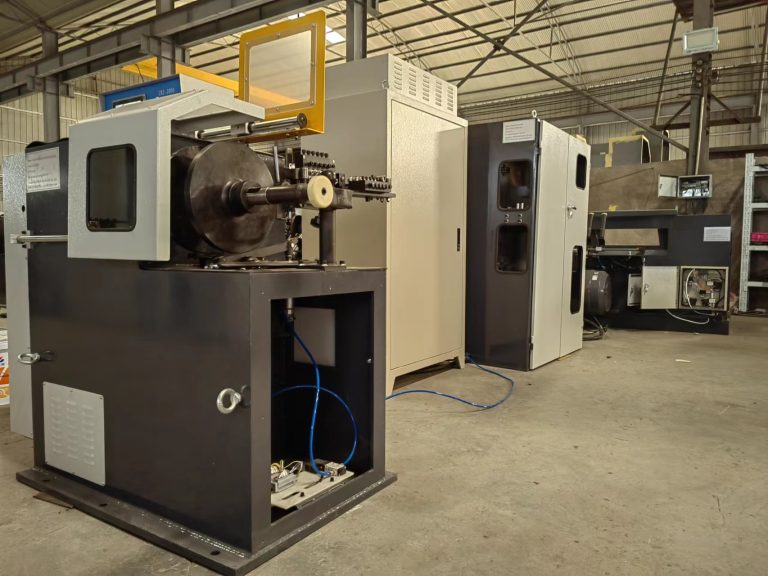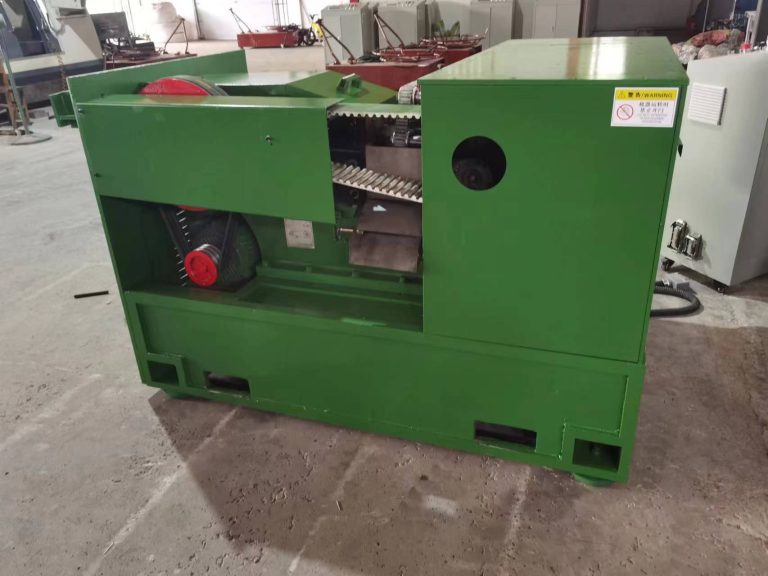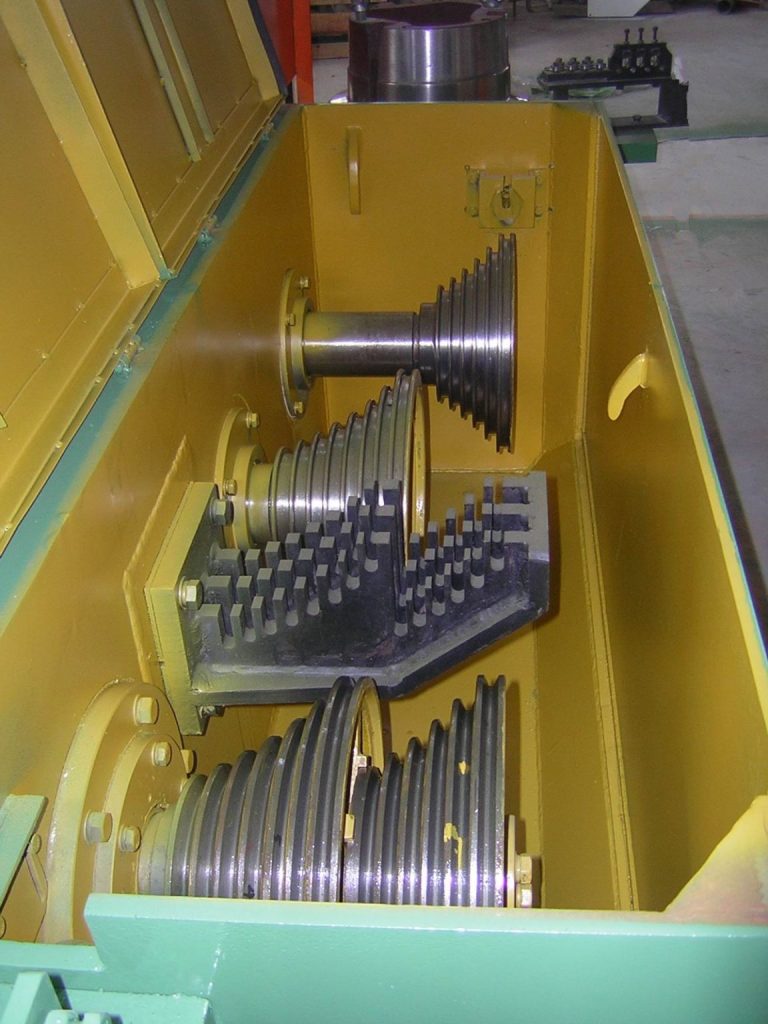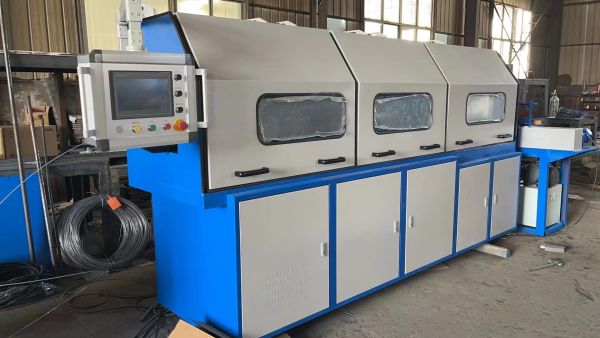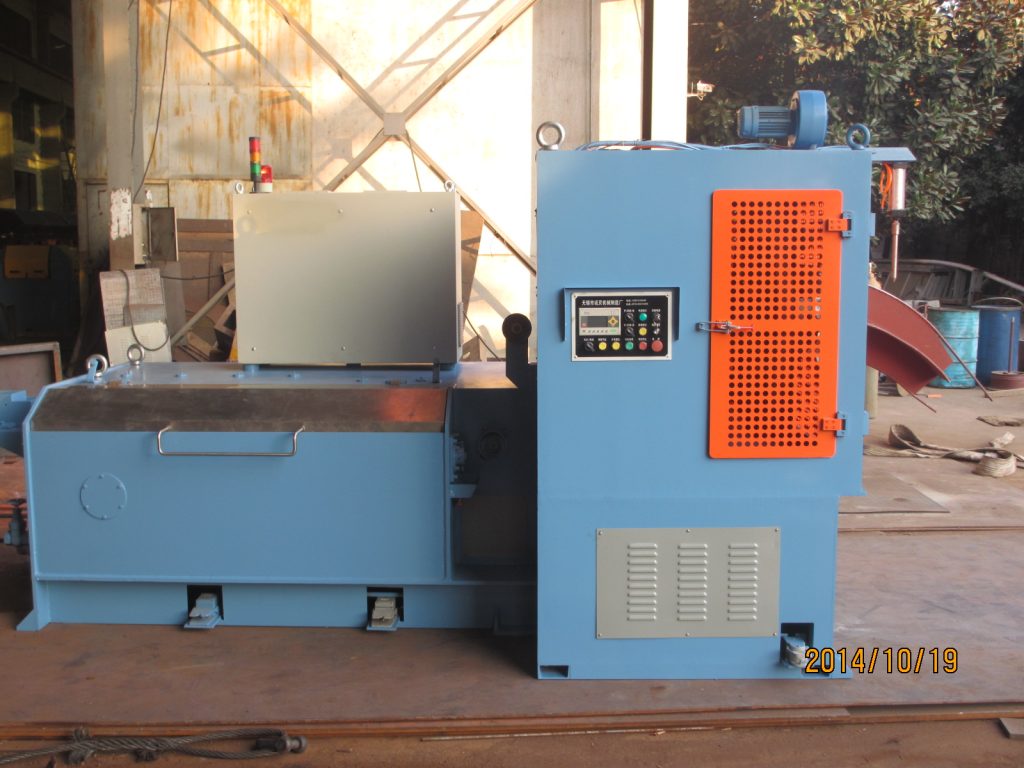
Table of Contents
How to Choose the Right Water Tank Wire Drawing Machine for Your Needs
Water tank wire drawing machines are essential equipment for various industries that require the production of wire products. These machines are used to draw wire through a series of dies to reduce its diameter and improve its surface finish. Choosing the right water tank wire drawing machine for your needs is crucial to ensure efficient production and high-quality wire products.
When selecting a water tank wire drawing machine, there are several factors to consider. The first consideration is the type of wire you will be drawing. Different machines are designed for drawing different types of wire, such as steel, copper, or aluminum. It is important to choose a machine that is suitable for the type of wire you will be working with to ensure optimal performance.
Another important factor to consider is the diameter of the wire you will be drawing. Water tank wire drawing machines come in various sizes to accommodate different wire diameters. It is essential to choose a machine that can handle the diameter of wire you will be working with to achieve the desired results.
The number of dies in the machine is also an important consideration. The number of dies determines the number of times the wire will be drawn through the machine, which affects the final diameter and surface finish of the wire. Machines with more dies are capable of drawing the wire to a smaller diameter and producing a smoother surface finish.
The speed of the machine is another crucial factor to consider. The speed at which the wire is drawn through the machine affects the production rate and efficiency of the process. It is important to choose a machine that can operate at the desired speed to meet production requirements.
Additionally, the power and drive system of the machine should be considered. The power of the machine determines its ability to draw wire efficiently, while the drive system affects its overall performance and reliability. It is important to choose a machine with a reliable power and drive system to ensure smooth operation and consistent results.
When choosing a water tank wire drawing machine, it is also important to consider the overall quality and reputation of the manufacturer. It is advisable to choose a machine from a reputable manufacturer with a track record of producing high-quality equipment. This ensures that you are investing in a reliable and durable machine that will meet your production needs.
In conclusion, choosing the right water tank wire drawing machine for your needs is essential to ensure efficient production and high-quality wire products. Consider factors such as the type of wire, wire diameter, number of dies, speed, power, drive system, and manufacturer reputation when making your decision. By carefully evaluating these factors, you can select a machine that meets your requirements and helps you achieve your production goals.
Maintenance Tips for Keeping Your Water Tank Wire Drawing Machine in Top Condition
Water tank wire drawing machines are essential equipment in various industries, as they are used to draw wires of different diameters and materials. To ensure the smooth operation and longevity of your water tank wire drawing machine, proper maintenance is crucial. In this article, we will discuss some maintenance tips to help you keep your machine in top condition.
Regular cleaning is essential to prevent dirt and debris from accumulating on the machine’s components. Use a soft brush or cloth to remove any buildup on the wire drawing dies, rollers, and other parts. Make sure to clean the water tank regularly to prevent rust and corrosion. Additionally, check the water quality and replace it if necessary to prevent clogging and damage to the machine.
Inspect the machine’s components regularly to identify any signs of wear or damage. Check the wire drawing dies, rollers, and bearings for any signs of wear and tear. Replace any worn-out parts immediately to prevent further damage to the machine. Lubricate the machine’s moving parts regularly to ensure smooth operation and prevent friction-related issues.
Monitor the machine’s performance regularly to identify any issues early on. Keep an eye on the wire tension, speed, and quality to ensure that the machine is operating efficiently. If you notice any abnormalities, such as uneven wire drawing or excessive noise, investigate the issue and address it promptly.
Calibrate the machine regularly to ensure accurate wire drawing. Use a calibration tool to check the machine’s settings and make any necessary adjustments. Proper calibration is essential to ensure consistent wire diameter and quality.
Keep a record of the machine’s maintenance and performance. Create a maintenance schedule and stick to it to ensure that the machine is properly maintained. Keep track of any repairs or replacements made to the machine and note any issues that arise during operation. This information will help you identify any recurring issues and address them effectively.
Train your staff on proper machine operation and maintenance. Ensure that your employees are familiar with the machine’s components and how to operate it safely. Provide training on how to clean and lubricate the machine, as well as how to identify and address common issues. Proper training will help prevent accidents and damage to the machine.
Invest in quality replacement parts and tools. Use genuine parts and tools recommended by the manufacturer to ensure the machine’s optimal performance. Avoid using cheap or inferior parts, as they may cause damage to the machine and compromise its efficiency.
In conclusion, proper maintenance is essential to keep your water tank wire drawing machine in top condition. Regular cleaning, inspection, calibration, and monitoring are key to ensuring the machine’s longevity and efficiency. By following these maintenance tips and investing in quality parts and tools, you can keep your machine running smoothly and avoid costly repairs. Remember to train your staff on proper machine operation and maintenance to prevent accidents and ensure the machine’s safe and efficient operation.

